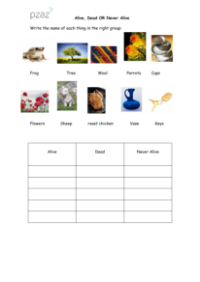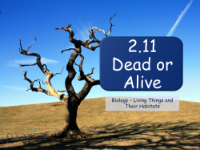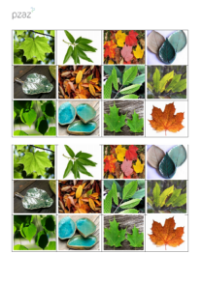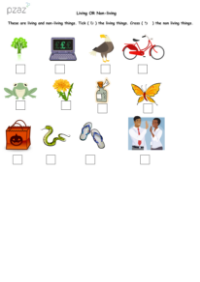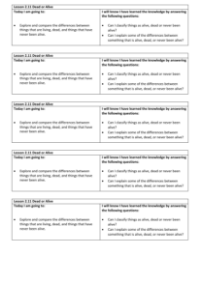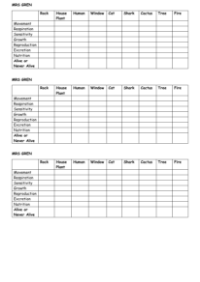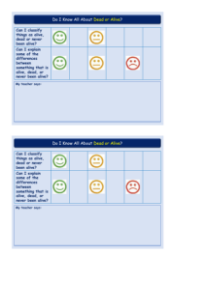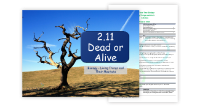Dead or Alive - Lesson Plan
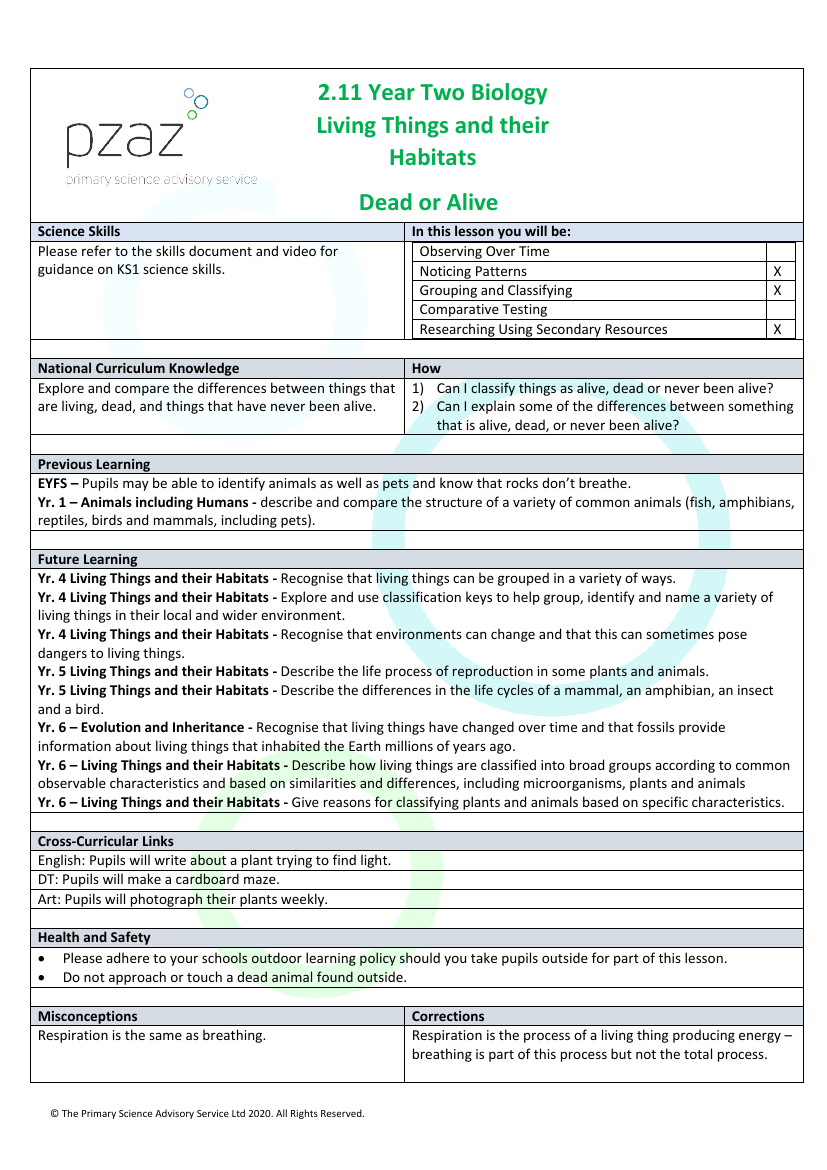
Science Resource Description
In a comprehensive lesson plan designed for Key Stage 1 pupils, the concept of living, dead, and non-living things is explored through a series of engaging activities. The lesson aims to develop scientific skills such as observing over time, noticing patterns, grouping and classifying, and researching using secondary resources. Pupils will delve into the National Curriculum objectives by exploring and comparing the differences between things that are alive, dead, and those that have never been alive. They will be challenged to classify items into these categories, and to articulate the characteristics that distinguish each group. This lesson builds upon previous learning from the Early Years Foundation Stage and Year 1, where pupils may have identified animals and understood that inanimate objects like rocks do not have life processes.
The lesson plan includes activities that integrate cross-curricular links with English, Design and Technology, and Art, such as writing about a plant's quest for light, creating cardboard mazes, and photographing plants to observe growth. Health and safety considerations are highlighted, especially when dealing with sensitive topics such as images of dead animals. Key misconceptions are addressed, such as the differences between respiration and breathing, the nature of fire, and the status of viruses as non-living entities. The lesson also provides an opportunity for pupils to engage with the MRSGREN acronym, which encapsulates the seven life processes, and to conduct experiments that demonstrate plant sensitivity. Throughout the lesson, pupils will use various equipment, including 'Mrs Gren' card sets, pea seeds, and leaf pictures, to support their learning and understanding of the characteristics of living things.
